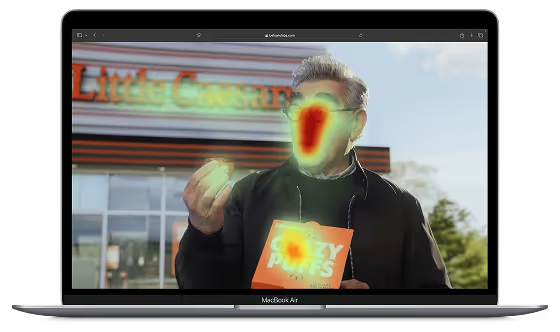Even if you have been working in an advertising agency for several years, try to imagine the following situation for a moment: You're a marketing director at Coca-Cola, sitting across from a creative team pitching their latest recycling campaign.
They're passionate, persuasive, and the concept is genuinely brilliant. But there's that familiar knot in your stomach. Will consumers actually understand this abstract, artistic interpretation? Will they connect recycling with your brand?
Now imagine two scenarios. In the first, the agency ends with promises of awards and media buzz.
In the second, they present data showing 70% of 500 real respondents loved the concept, with strong brand recall after just two seconds of exposure.
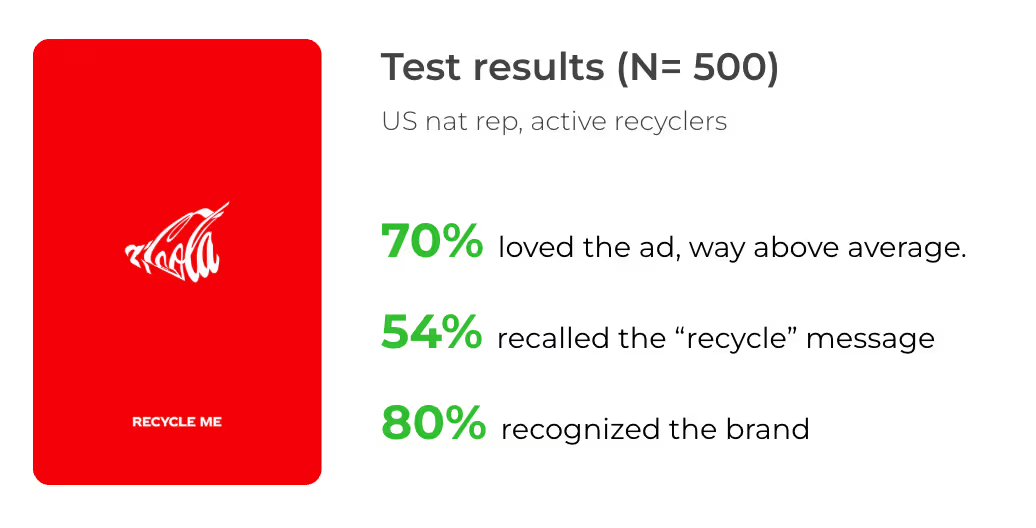
Which pitch would make your decision easier?
This thought experiment reveals a fundamental shift happening in the advertising world as more and more winning agencies are backing their ideas with behavioral science.
The science that changed everything
For decades, the advertising industry was relying on a flawed system: traditional market research was actually hurting campaign effectiveness.
A landmark study by Peter Field found a negative correlation between companies using quantitative pre-testing and their business results. The culprit? Legacy research methods that relied on conscious, declarative metrics like purchase intention.
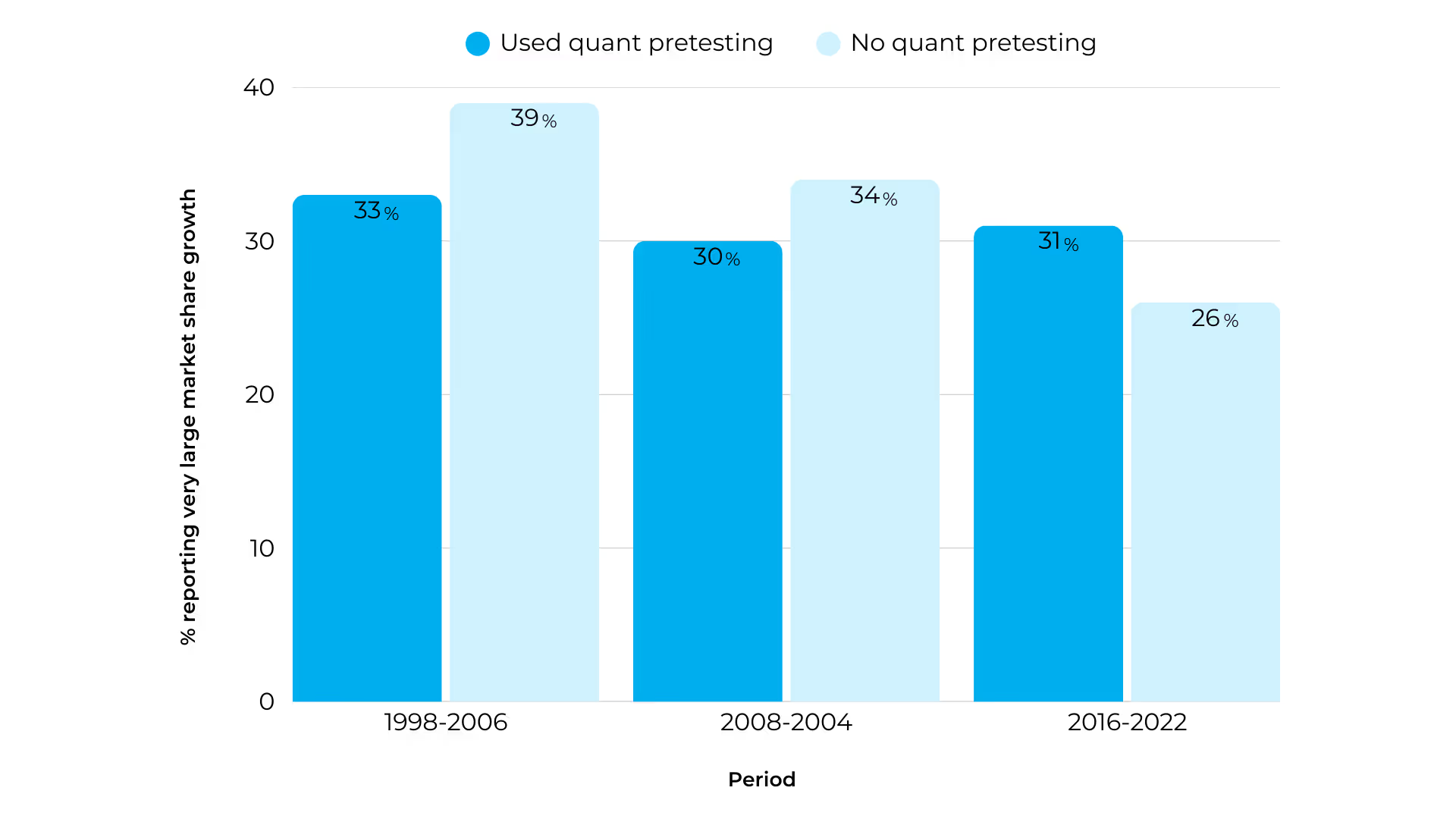
The problem is simple yet profound: asking someone "How likely are you to buy this product after seeing this ad?" activates the rational brain. But 95% of our purchasing decisions happen subconsciously.
When people consciously evaluate ads, they tend to gravitate toward rational features and new product information, and often overlook the emotional and distinctive elements that truly drive sales.
Modern behavioral methods have flipped this script. Instead of asking what people think, they measure what people actually do.
Show someone a three-second snippet of an ad and ask them to recall the brand. Measure how quickly they make associations. Uncover their real-time emotional responses to each moment of an ad.l This "task, don't ask" method reveals the subconscious memory connections that predict real buying behavior.
The three pillars of an effective ad
Today's clients want reassurance in three critical areas, each of which is rooted in behavioral science.
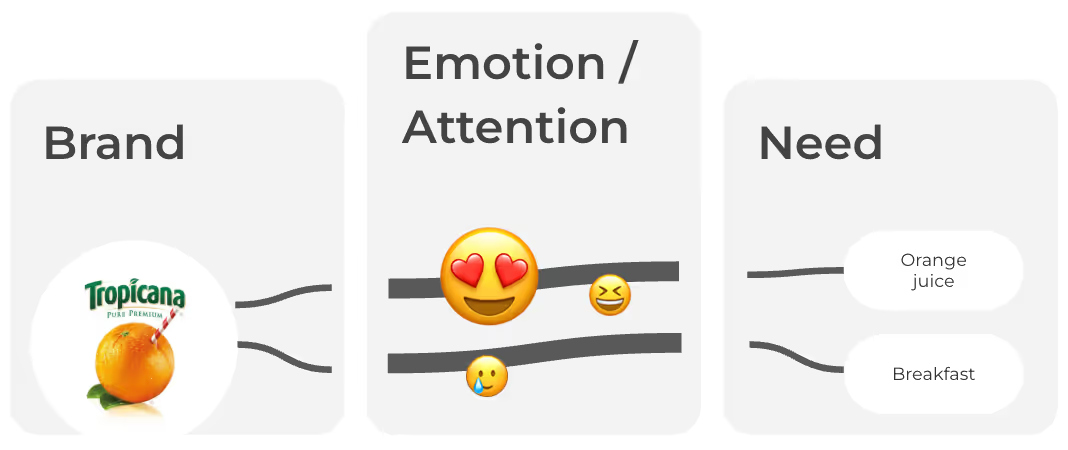
Branding
The most beautiful creative in the world is worthless if people don’t connect it to your brand. The key is to include distinctive brand assets and consistently display them in connection with the need (or situation) of the target audience.
Need & message
Your ad should connect the brand with a real consumer need or occasion (e.g., “spending time with friends”). If your brief contains a specific message, you need proof that it's getting through.
But here's the twist: for brand assets like mascots or distinctive visual elements, message clarity matters less than memorability.
Emotion
Strong emotions capture attention and create deeper memories. Without emotional resonance, your ad gets filtered out like background noise.
A recent Heineken campaign perfectly illustrates this principle. While the zero-alcohol message was crystal clear and branding was strong, the emotional response fell flat. The result? People understood and remembered the brand, but the ad failed to create the lasting memory connections that drive long-term growth.
How agencies are using creative testing to win pitches
Smart agencies are no longer waiting for clients to request ad testing; instead, they're proactively using behavioral insights to win pitches and bulletproof their work.
Let’s take a look at a few real-life examples of this in action.
VCCP and Blue Style
Global advertising agency VCCP faced this exact scenario when pitching a new mascot for travel agency Blue Style. The concept featured a fluffy blue yeti character that many focus groups would have killed it instantly.
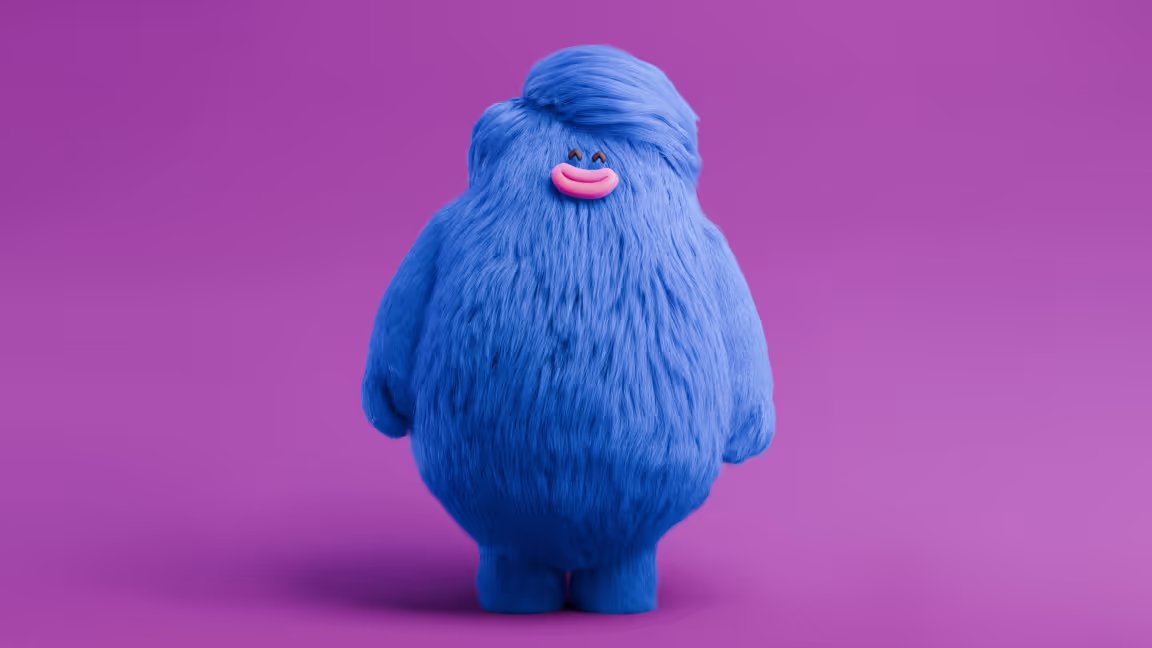
But VCCP partnered with Behavio to test the concept on 500 people using robust behavioral methods. The results were clear: most people loved the character, and only 3% were genuinely bothered by the idea of a big fluffy mascot on a summer holiday.
The concept won because it was distinctive, emotionally engaging, and memorable. The agency won because they had data to back their creative instincts.
WMC Grey and Kosik
Meanwhile, WMC Grey took a different approach for the online delivery platform Kosik. They didn't just test creative concepts; they tested the underlying customer need that would drive their entire strategy.
By proving that "great value for big grocery runs" was the most compelling proposition for consumers, they positioned themselves as the agency that truly understood the market. And guess what? They won the entire rebranding project.
E.ON
Clients can also use pre-testing to select an agency. When German energy company E.ON ran a major tender to shape their communications for the coming years, Behavio tested four concepts from each of five different agencies.
One stood out, performing best across initial intent, storyboards, outdoor executions, and product ads. A year later, that concept has become a successful, ongoing campaign.
The timing game
The reality of agency life means most testing happens at the last minute. You finish concepts at 3 AM and need results for tomorrow's pitch. But the most successful agencies are finding ways to test earlier in the process:
- One week before: Test multiple concepts and develop the strongest one using behavioral insights to make it bulletproof.
- Longer lead times: Test propositions and initial concepts early, then build your entire strategy around what actually resonates with consumers.
- Iterative improvement: Use testing results to refine executions, not just validate them.
Testing beyond traditional formats
While most agencies test final videos or static visuals, forward-thinking teams are also exploring formats that provide maximum insight for minimum investment:
Storyboard videos
Create simple slideshow-style presentations with voiceover. They're faster and cheaper than animatics but provide second-by-second emotional response data that's remarkably close to testing final video content.
Casting and mood
Small changes in actors or visual tone can dramatically impact effectiveness. Testing these elements early prevents expensive reshoot scenarios.
Distinctive asset testing
Before committing to a mascot, character, or visual element you'll use for years, test whether it actually helps people recognize your brand versus competitors.
The key is to match your testing format to your decision timeline and budget constraints while maximizing the behavioral insights you can gather.
Why pre-testing is your competitive advantage
As the industry faces smaller budgets and increased competition, agencies that master behavioral pre-testing are the ones still growing and winning new business.
This shift represents a fundamental change in how agencies position themselves with clients. Instead of hoping persuasion and creative awards will win the day, they're proving their concepts work before a single dollar is spent on media.
The agencies that understand this transition are turning market research from a necessary evil into their secret weapon. They're winning pitches, keeping key clients, and delivering campaigns that actually move business metrics.
Ready to join them? Start by testing your next creative concept and discover what behavioral science reveals about your ideas. Your next pitch win might depend on it.








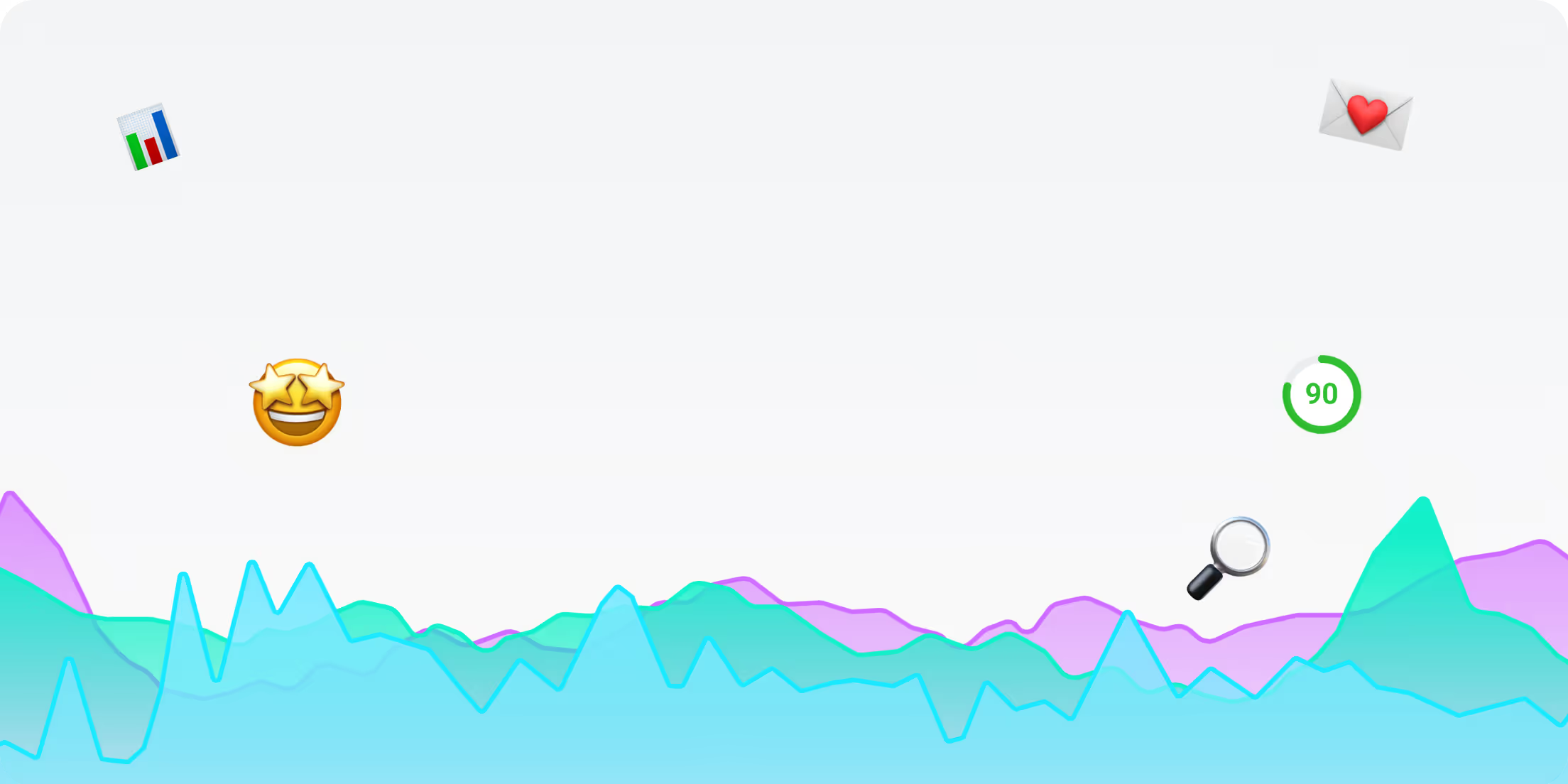
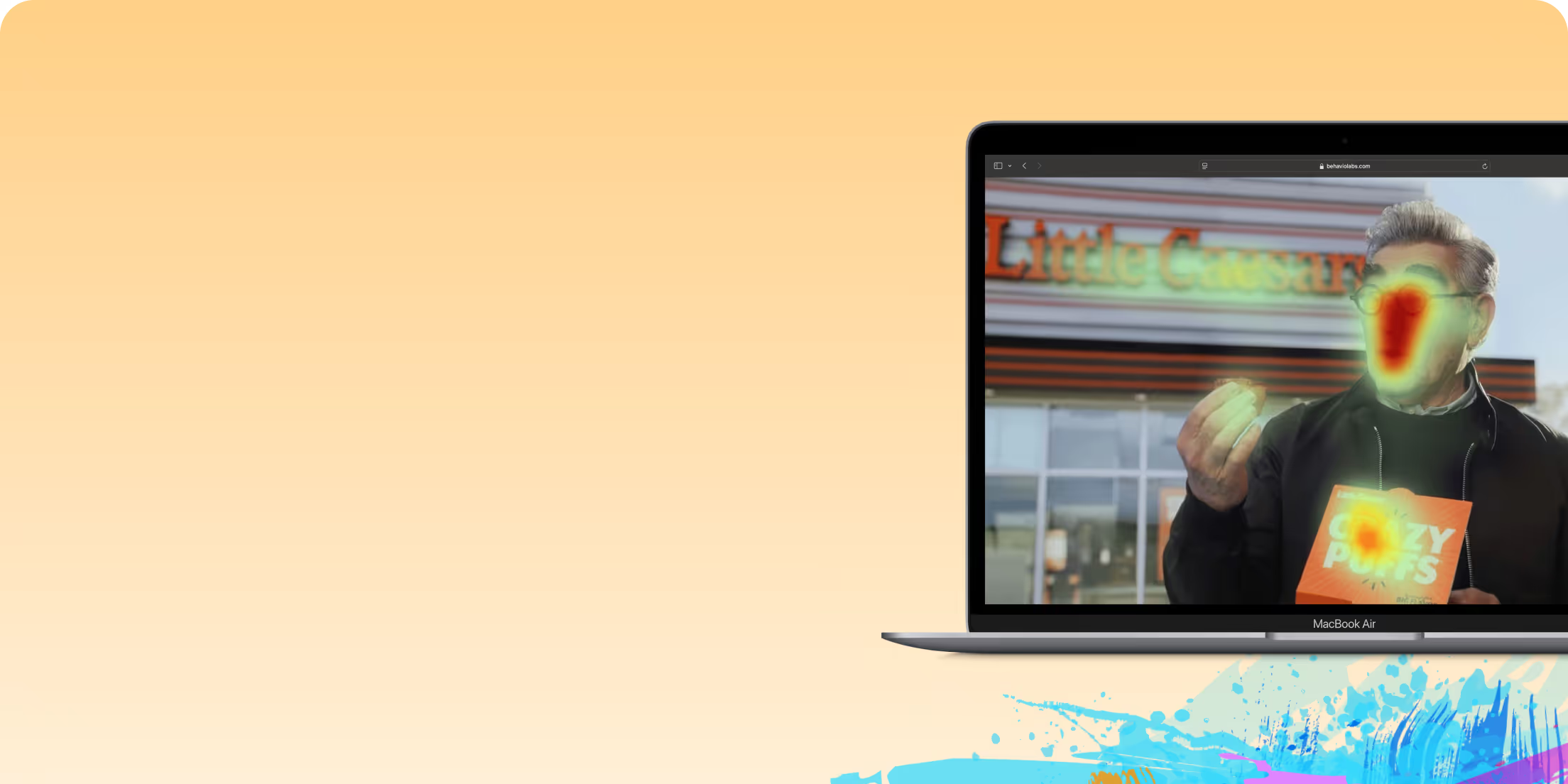

.avif)




